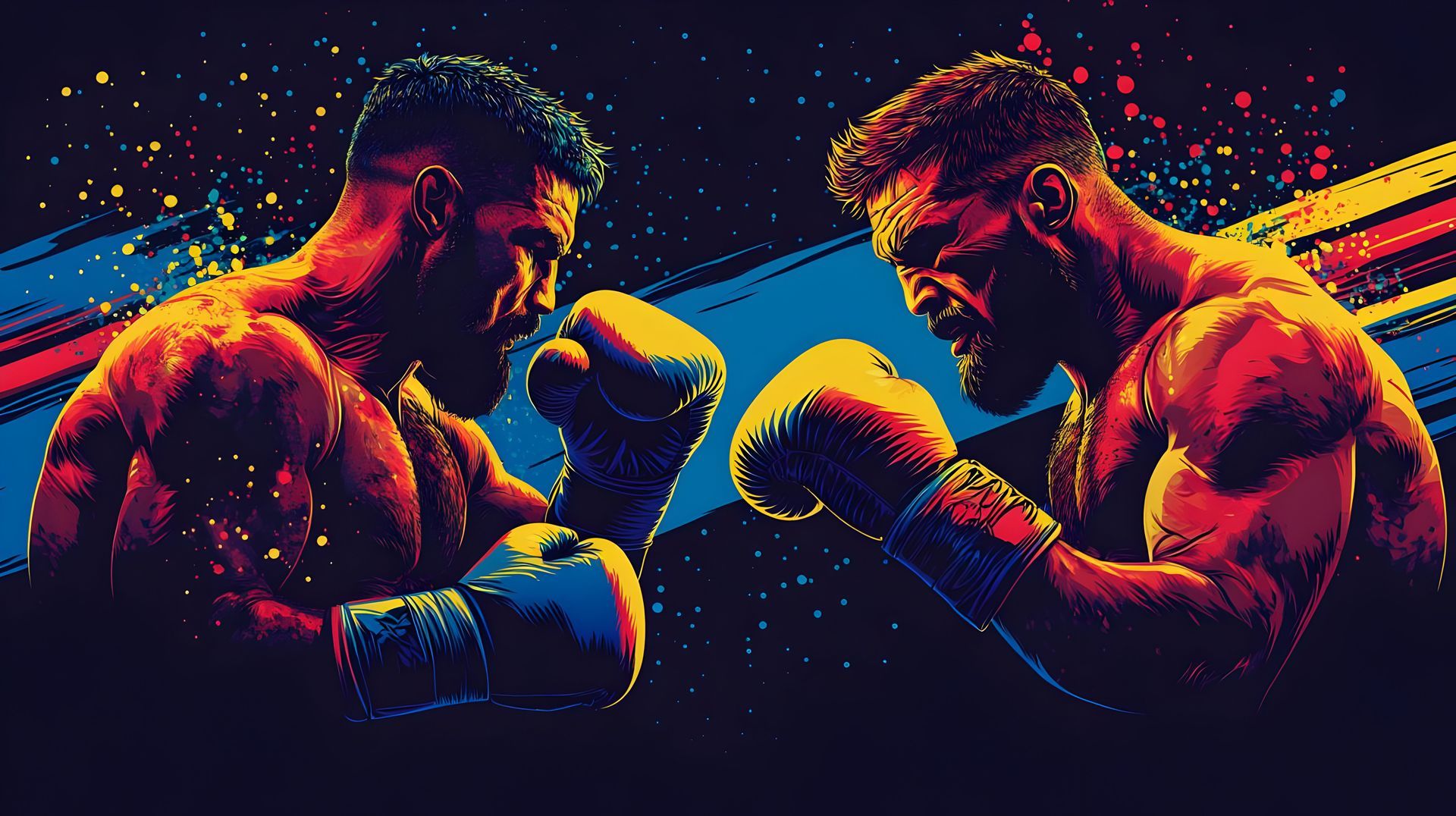P U B L I C A T I O N S
Vampire Marketing Agencies: The Undead Feeding on Your Profits?
They look alive.
They talk fast.
They sparkle under fluorescent lights.
But don’t be fooled—many modern marketing agencies are undead. They feed on your budget, drain your confidence, and leave you lost in the fog of “strategy calls” and “retainer renewals.”
Welcome to the world of Vampire Marketing Agencies — where clients become commodities and creativity becomes a cover story.
The Rise of the Vampire Agency
In theory, agencies exist to help your business grow. They’re supposed to bring clarity, expertise, and measurable results. But somewhere along the way, many stopped building and started feeding. They became addicted to retainers instead of results — billing month after month while delivering less and less.
They don’t want progress.
They want dependence.
1. They’ve Never Built a Real Business
Most agency owners have never actually built a business outside of their own agency. They don’t know what it’s like to make payroll, hire employees, or fight through cash-flow chaos. Yet they’ll gladly tell you how to grow yours. Real entrepreneurs understand the fight. Fake ones hide behind buzzwords.
2. Overpriced Retainers — Mailbox Money for Nothing
Vampire agencies love retainers — because it means guaranteed income, not guaranteed progress. They talk about “strategy alignment,” “restructuring campaigns,” or “data deep dives,” but the truth is simple: you’re paying them to look busy. If you’ve ever wondered what you’re actually paying for each month… you’re probably their favorite client.
3. Buzzwords That Prey on Confusion and Fear
They thrive in the fog — using words like “omnichannel,” “synergy,” and “AI-powered optimization.” These aren’t strategies. They’re smoke screens. The more confused you are, the longer they can feed. They bank on your fear of “not understanding marketing,” keeping you dependent on their explanations and dashboards.
4. The AI Paradox — Faster Work, Same Prices
AI has revolutionized marketing. It’s faster, smarter, and more efficient. So why are agencies still charging 2018 prices for 2025 automation? Because they’re not selling outcomes — they’re selling ignorance. AI has cut their work time in half, but your bill hasn’t budged.
5. The Emotional Hook — Prey on Your Pain
When all else fails, they lean on empathy. They’ll say things like “We’re your partners,” or “We’re in this together.” Then they’ll invoice you for another $5,000 to “evaluate new directions.” They don’t want you to learn — they want you to lean.
Trapped in the Fog
You start with hope. You end with confusion. They lead you into a maze of metrics, reports, and retainer renewals — until you can’t tell what’s working or why you started. They suck the life out of your marketing budget, preying on confusion and fear while you slowly lose confidence in your own ability to lead.
But here’s the truth: If you’ve fallen prey to a vampire agency, it’s not because you’re naïve — it’s because you were never given the knowledge to defend yourself.
The Cure: Knowledge
Lemonology® Strategy No. 1 — Confidence is Knowledge is the lesson of the day.
As a young entrepreneur, I struggled with confidence too. I didn’t have a guide. I didn’t have a map. I just had mistakes — and the lessons they taught me. That’s when I learned: confidence doesn’t come from hype or bravado. It comes from clarity. When you understand what’s happening — when you know what good marketing looks like — the fear disappears.
Confidence is the natural result of knowledge and experience. So, if you’re feeling insecure about your marketing, it doesn’t mean you’re incapable — it just means no one ever showed you how it really works.
The Real Fix: Learn It. Build It. Own It.
That’s exactly what we do at Lemonade Maker®. We help entrepreneurs gain confidence in marketing through:
- One-on-One Coaching — personalized strategy sessions that simplify the chaos.
- LIVE Workshops — hands-on training where you actually learn to do the work yourself.
- Implementation Assistance — our team helps you execute everything: websites, funnels, ad campaigns, video production, persuasive messaging, social media, automation, and AI.
You’ll save thousands, take back control, and finally understand how your marketing works — without the vampires.
So kiss your agency goodbye!
Take back control.
Gain clarity.
Because the only real protection against confusion… is knowledge!
👊Take Back Control →
Learn the truth. Gain the tools. And never get bitten again.

ABOUT THE AUTHOR
Thomas Minieri is the author of the cult-classic book Lemonade Maker. A self-made entrepreneur, innovation strategist, and digital marketing expert, he founded Lemonade Maker® Strategies— a modern business community designed to help entrepreneurs thrive in today’s age of technology and disruption.
With over two decades of experience, Thomas has built multiple 7- and 8-figure companies across franchising, digital strategy, real estate, event production, and innovation consulting—entirely without outside capital or debt. His work has been featured in Forbes, Entrepreneur, Fast Company, and more.
Known for his fearless creativity, culture-driven leadership, and tech-forward approach, Thomas has helped thousands of founders bring clarity to chaos and break the status quo to build something unforgettable.

















